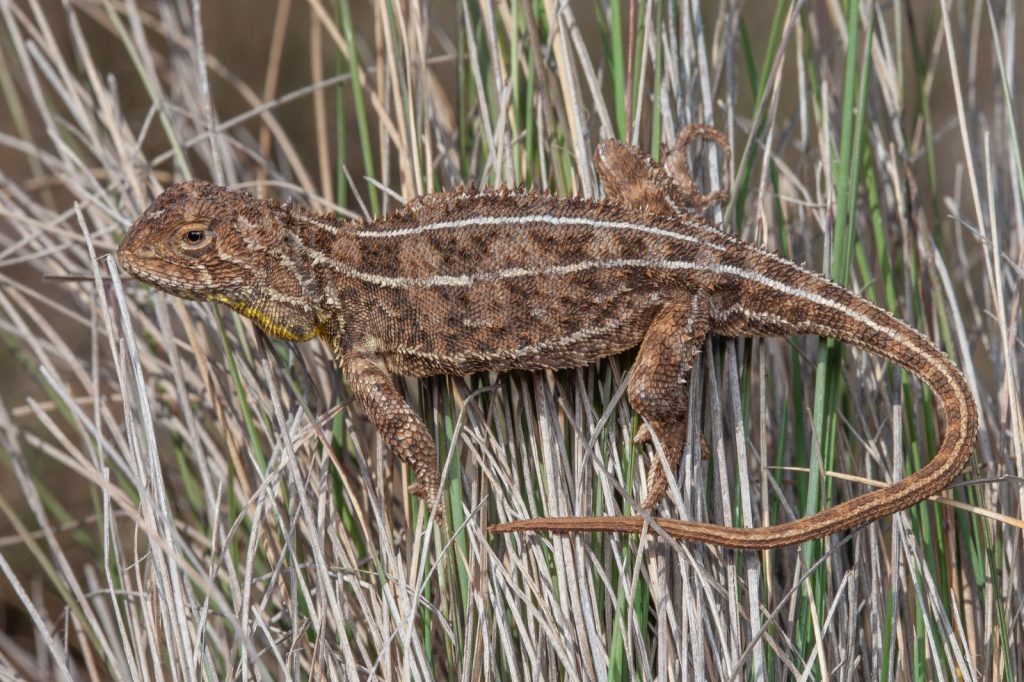Bushfire genetics: dragons conservation genomics
Impacts of changing environments on south-eastern Australian dragon lizards
The 2019/2020 Australian bushfires were catastrophic. They highly likely impacted a range threatened vertebrate taxa, including those currently listed as threatened. Significant efforts are under way to assess fire impacts and plan for recovery. One particular challenge is that the taxonomic diversity of Australian frogs is not always well described. A further challenge is that diversity within species encompasses not just the taxonomy, but also genetic diversity differences between populations. Within the context of the Australian bushfires, genetic diversity at the population level is of extreme importance. Identifying and protecting high value genetic populations within species to assist in the recovery process enables the long-term persistence of species. For short-range endemic species, genetic information allows the assessments of genetic health for the purposes of species management.
As part of the NESP Threatened Species Recovery Hub project “Genetic assessment of priority taxa and management priorities” and with additional support from the federal government bushfire response, the expert group is targeting approximately 60 species in mammals, reptiles, and frogs.

© Australian Museum
The AusARG Conservation and Taxonomy program is supporting the generation of population genetic datasets for the following identified dragon lizard species:
- Tympanocryptis lineata group
- Tympanocryptis osbornei
- Tympanocryptis petersi
- Ctenophorus pictus
Project coordinators:
- Stephen Sarre (University of Canberra)
- Jane Melville (Museums Victoria)
- Claire McLean (Museums Victoria)
Project collaborators:
